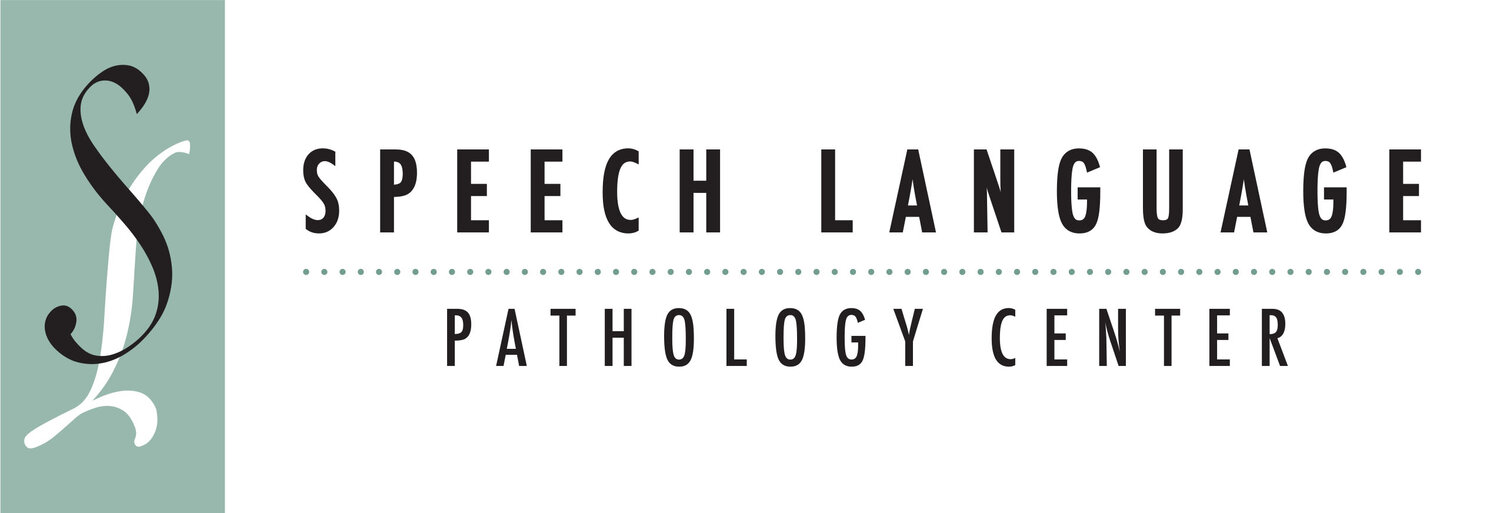With spring right around the corner, many of us are starting our spring cleaning. What many of us don’t think about is “cleaning” or auditing our own personal libraries. This spring, we encourage you to go through your personal library, look at your children’s books and ask yourself what kinds of trends you see or identities they represent. We want to foster a generation of readers that are accepting of all – this can start at home by exposing our children to different family dynamics, cultures, and identities in stories. Some of our books have been passed down for generations and may portray certain stereotypes that are offensive or negative. If you find that some of your books fall under this umbrella and it has personal meaning because of who gifted it to you, or read it to you as a child, you don’t necessarily have to oust it from your library. However, it might be worth having more candid conversations with your child about the negative stereotypes portrayed and why they are hurtful. Use it as an opportunity to help your child develop empathy and understanding/acceptance for people and cultures that are different from their experiences.
While you’re auditing your library, take note of the main characters and “heroes” in your books. Are the majority animals or do the main characters all look the same? If you answered “yes” to either of those questions, consider diversifying your library. Make sure you have books with characters and “heroes” that look like your child and your family, but also consider including characters that represent your children’s friends, teachers, neighbors, and people/cultures that your children may not be exposed to. By reading stories that include different races, physical differences, ability levels, etc. you’re setting your children up to be accepting and empathetic to all people. Believe it or not, children as young as 3 start to recognize differences in race and the positive/negative associations they hear about their own and other races/cultures. In the wise words of Rudine Sims Bishop, “Books are sometimes windows, offering views of worlds that may be real or imagined, familiar or strange. These windows are also sliding glass doors, and readers have only to walk through in imagination to become part of whatever world has been created or recreated by the author. When lighting conditions are just right, however, a window can also be a mirror. Literature transforms human experience and reflects it back to us, and in that reflection we can see our own lives and experiences as part of the larger human experience. Reading, then, becomes a means of self affirmation, and readers often seek their mirrors in books.”
If you want to expand your library, check out this list of books that promote kindness and empathy.
Bishop, R. S. (1990). Mirrors, windows, and sliding glass doors. Perspectives: Choosing and Using Books for the Classroom,6(3).

